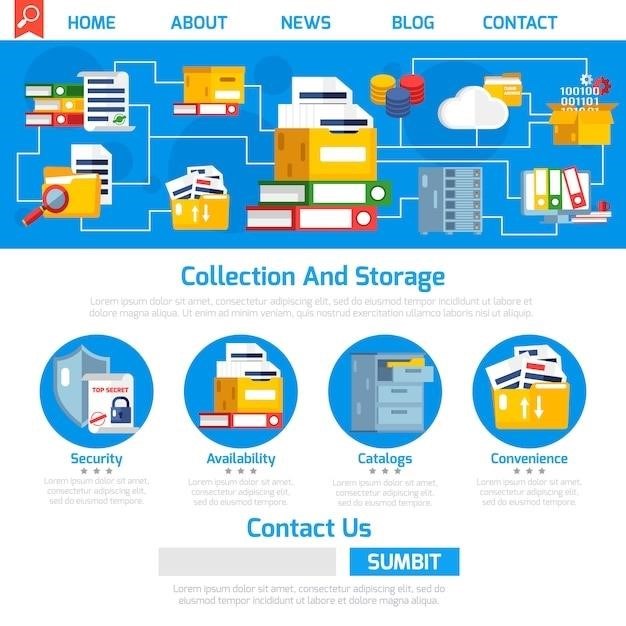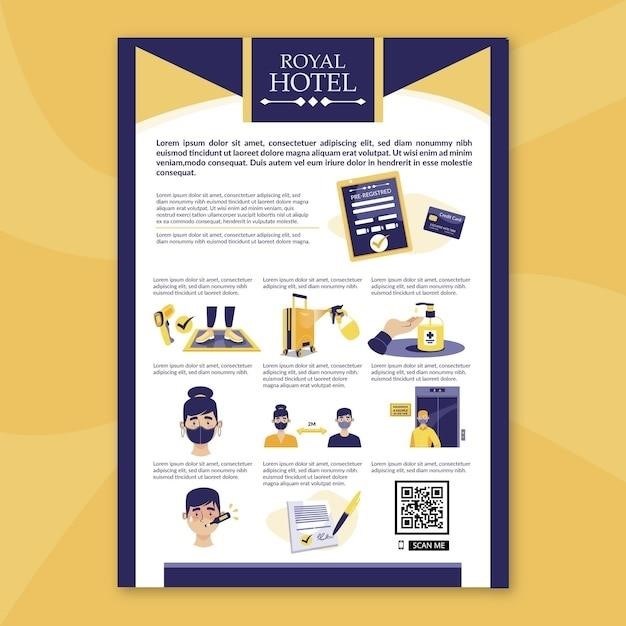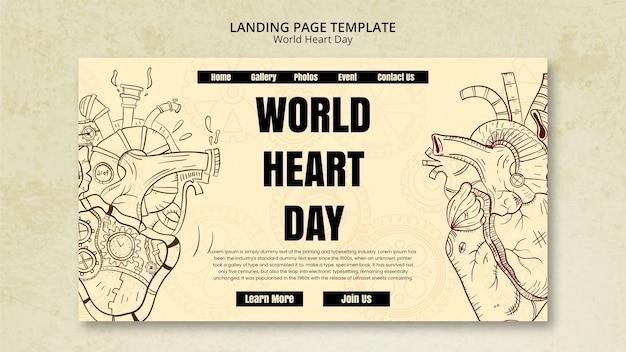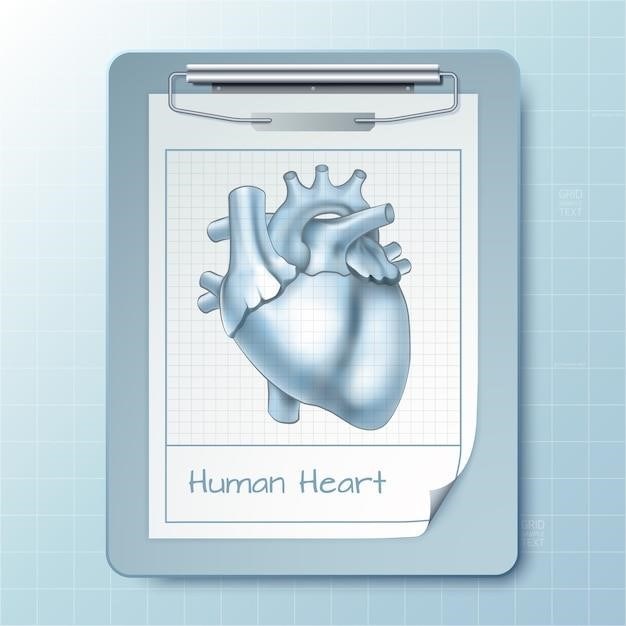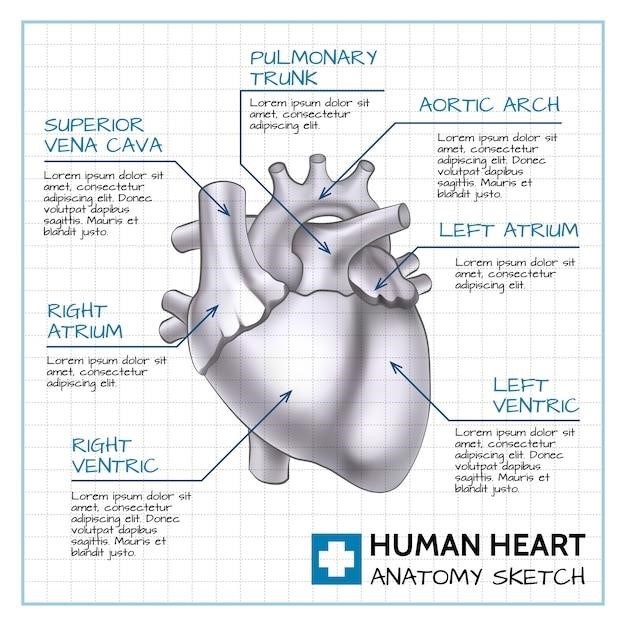Breadman Bread Maker Recipe Book PDF⁚ A Comprehensive Guide
Unlock the potential of your Breadman machine with this guide. Discover where to find reliable PDF recipe books and learn how to adapt your favorite recipes for perfect results every time. Enjoy delicious homemade bread!

The Breadman bread maker is a versatile kitchen appliance designed to simplify the process of making homemade bread. Its automated functions handle the kneading‚ rising‚ and baking‚ leaving you with more free time. Understanding your specific Breadman model is crucial‚ as features and capacities can vary. Consult your user manual for detailed instructions and specifications tailored to your machine. This manual is your primary resource for understanding the intricacies of your Breadman‚ from basic operation to advanced features. Familiarize yourself with the control panel‚ including settings for crust color‚ loaf size‚ and delay timers. Properly understanding these settings is vital for achieving consistent results. Mastering the art of using your Breadman will unlock a world of delicious‚ freshly baked bread. Beyond the standard settings‚ many Breadman models offer customizable options allowing you to fine-tune your baking process. Experimentation is key to discovering your perfect loaf. Don’t be afraid to deviate from the standard recipes‚ and explore the many possibilities available with your Breadman bread maker.
II. Finding Reliable PDF Recipe Books
Locating trustworthy Breadman bread maker recipe books in PDF format requires careful searching. Begin by checking the official Breadman website; they may offer downloadable resources or links to authorized recipe collections. Online retailers like Amazon and eBay often list recipe books‚ though verify reviews before purchasing to ensure quality and relevance to your Breadman model. Beware of unofficial sources‚ as recipe accuracy may be unreliable. Look for PDFs with detailed instructions‚ ingredient lists‚ and clear images. Many food blogs and websites dedicated to bread making feature Breadman-specific recipes. These often include user reviews and comments‚ helping you gauge the reliability of a particular recipe. Consider joining online forums or communities focused on bread making; members often share their favorite recipes and resources‚ including PDF files. Remember to always check the comments section for any feedback on the recipe’s success rate before committing your time and ingredients. When downloading PDFs from less-known sites‚ scan for viruses or malware before opening the file. A well-organized PDF will often include sections for tips‚ substitutions‚ and troubleshooting‚ greatly enhancing your baking experience.
III. Utilizing Online Resources
The internet offers a wealth of resources for Breadman bread maker recipes beyond simple PDF downloads. Numerous websites and blogs are dedicated to bread making‚ often including sections specifically for Breadman machines. These platforms frequently feature user-submitted recipes‚ allowing you to discover a wide variety of bread types and flavors. Many online communities and forums center around bread making‚ providing a space to connect with other enthusiasts‚ share recipes‚ and ask questions. These communities often have dedicated threads or sections for Breadman users‚ offering a valuable source of support and advice. Social media platforms like Facebook‚ Instagram‚ and Pinterest can also be useful tools for finding Breadman recipes. Search for relevant hashtags and follow accounts dedicated to bread making or Breadman recipes. YouTube is another excellent resource; many channels showcase Breadman bread making tutorials and recipe demonstrations‚ offering visual guidance and tips; Remember to always verify the credibility of online sources before using their recipes. Pay attention to user reviews and comments to assess the reliability of the recipes and tips offered online. Cross-referencing information from multiple sources can also help you to confirm accuracy and avoid potentially unreliable information.
IV. Converting Traditional Recipes
Adapting traditional bread recipes for your Breadman requires careful consideration of several factors. While many recipes are readily available specifically for Breadman machines‚ converting existing recipes can expand your baking options significantly. The key is understanding the differences between traditional methods and automated bread making. Traditional recipes often call for specific kneading techniques and baking times‚ which your Breadman handles automatically. Therefore‚ you need to focus on adjusting the ingredient ratios and measurements to suit the machine’s capabilities. This involves understanding the machine’s specific capacity and how it handles different ingredients. Begin by carefully reviewing your chosen recipe and noting the ingredient quantities. Pay close attention to the types and amounts of flour‚ liquid (water‚ milk‚ etc.)‚ and yeast. You might need to slightly adjust these to achieve optimal results in your Breadman. Start with small adjustments‚ experimenting to find the perfect balance. Keep detailed notes during your experimentation‚ recording the ingredient adjustments and the resulting bread quality. This will help you refine your conversion technique and create a personalized adaptation of your favorite traditional recipes. Remember that successful conversion depends on careful observation and adjustment‚ ensuring your Breadman achieves its full potential.
A. Adjusting Flour Types
Flour is a crucial component in bread making‚ and its type significantly impacts the final product’s texture and structure. When converting traditional recipes for your Breadman‚ understanding the nuances of different flours is essential. Bread flour‚ with its high protein content‚ is ideal for achieving a strong gluten structure‚ resulting in a chewier loaf. All-purpose flour‚ a more versatile option‚ works well in many recipes but might yield a slightly less chewy result. Whole wheat flour‚ known for its nutty flavor and added fiber‚ can be incorporated but might require adjustments to liquid amounts. The absorption rate of different flours varies‚ meaning they absorb different amounts of liquid. When switching flour types in a traditional recipe intended for manual bread making‚ you may need to adjust the liquid content to achieve the proper dough consistency in your Breadman. If you’re substituting bread flour with all-purpose flour‚ you might need slightly less liquid. Conversely‚ using whole wheat flour often requires slightly more liquid due to its higher absorption rate. Experimentation is key. Start with small adjustments‚ carefully observing the dough’s consistency during the mixing cycle. Overly wet dough can lead to a sticky loaf‚ while overly dry dough can result in a dense‚ crumbly texture. The goal is to achieve a dough that is slightly sticky but not overly wet‚ ensuring your Breadman produces the best possible results with your chosen flour type.
B. Liquid Measurement Conversions
Accurate liquid measurement is paramount in bread baking‚ directly influencing the final texture and rise of your loaf. Traditional recipes often use various units like cups‚ ounces‚ or milliliters‚ which might not align perfectly with your Breadman’s specifications. Understanding these conversions is crucial for successful bread-making in your machine. Before starting‚ ensure you have the correct measuring tools – liquid measuring cups for larger volumes and spoons for smaller ones. Always measure liquids at eye level‚ ensuring the surface of the liquid is aligned with the measurement line on your cup or jug. When converting from cups to ounces‚ remember that one cup equals eight fluid ounces. If a recipe calls for a specific amount in milliliters‚ you can easily convert this to cups or ounces using online conversion tools or a simple conversion chart. Pay close attention to the type of liquid; water‚ milk‚ and even buttermilk have different densities‚ which can slightly affect the final dough consistency. If you’re adapting a recipe that uses a significant amount of milk or buttermilk‚ you might need to make slight adjustments to the flour quantity to compensate for the liquid’s differing absorption properties. Remember that slight variations in liquid amounts can have a noticeable impact on the final product. Always start by following the conversion precisely‚ and then adjust based on the consistency of the dough in your Breadman’s mixing bowl. Consistent and accurate measurements are key to achieving perfect results.

C. Yeast Considerations
Yeast is the heart of bread making; its activity dictates the rise and texture of your loaf. When adapting traditional recipes for your Breadman‚ understanding yeast nuances is essential. Traditional recipes may specify active dry yeast‚ instant yeast‚ or even fresh yeast. Your Breadman’s instructions will likely indicate a preferred yeast type. Using the wrong type can impact the leavening process; for instance‚ active dry yeast needs to be proofed (activated in warm water) before adding it to the other ingredients‚ whereas instant yeast can be added directly to the dry ingredients. The amount of yeast is another critical factor. Too little yeast results in a slow rise and a dense loaf‚ while excessive yeast can lead to a sour taste and an uneven texture. If converting recipes‚ always check the yeast amount recommended by your Breadman’s manual and adjust accordingly. Temperature plays a significant role. Yeast thrives in warm environments; temperatures that are too hot can kill the yeast‚ while temperatures that are too cold will slow down or halt its activity. Pay close attention to the liquid temperature specified in your recipe. The age of your yeast is also relevant; older yeast might be less active‚ requiring you to use a slightly larger quantity or longer rising times. Finally‚ consider the recipe’s overall ingredients; high sugar or fat content might affect yeast activity‚ potentially requiring adjustments to the yeast amount or proofing time. Accurate yeast handling ensures consistently delicious results from your Breadman.
V. Essential Breadman Accessories and Their Uses
While your Breadman bread maker comes with essential components‚ additional accessories can significantly enhance your baking experience and expand your recipe repertoire. A dough scraper‚ for instance‚ is invaluable for easily removing sticky dough from the bread pan‚ ensuring a clean and thorough transfer; This simple tool prevents dough from sticking and simplifies cleanup. A measuring jug specifically designed for liquid ingredients is another useful accessory. Precise measurements are crucial in baking‚ and a dedicated measuring jug helps to avoid errors. Consider investing in silicone baking mats or parchment paper liners for easier cleaning and to prevent sticking. These liners simplify the process of removing the finished loaf from the pan and reduce the risk of damage. A good quality bread knife‚ with a serrated edge‚ is essential for cleanly slicing loaves. This prevents uneven slicing‚ maintains the integrity of the bread’s crumb structure‚ and improves presentation. For those who enjoy experimenting with different bread types‚ a proofing basket can be beneficial. These baskets help shape and support the dough during its final rise‚ resulting in a more consistent and aesthetically pleasing loaf. Finally‚ a bread storage container ensures your freshly baked bread remains fresh for longer. Proper storage helps to retain moisture and prevents the bread from becoming stale too quickly‚ allowing you to enjoy your homemade bread for days to come. Investing in these accessories can elevate your bread-making experience.
VI. Troubleshooting Common Baking Issues
Even experienced bakers encounter occasional setbacks. A common problem is a dense or gummy loaf‚ often caused by using too much liquid or insufficient kneading. Double-check your recipe measurements and ensure your Breadman machine is properly mixing the ingredients. Conversely‚ a loaf that’s too dry and crumbly might indicate insufficient liquid or over-baking. Adjust liquid measurements accordingly and monitor baking time closely. If your bread has a tough crust‚ consider reducing baking time or adjusting the oven temperature if baking outside the machine. Uneven browning might point towards incorrect pan placement or an unevenly heated oven. Rotate the bread pan halfway through baking to rectify this. Sometimes‚ a loaf may collapse after baking. This could be due to insufficient yeast‚ improper kneading‚ or a sudden temperature change during cooling. Ensure your yeast is fresh and follow the recipe’s kneading instructions carefully. Let the bread cool completely in the pan before removing it to prevent structural damage. If your bread is undercooked in the center‚ try extending the baking time or checking the machine’s internal temperature. If consistently encountering issues‚ consult your Breadman’s instruction manual or search for troubleshooting tips online. Remember‚ practice makes perfect; don’t be discouraged by initial setbacks. Experiment and learn from each baking attempt to perfect your technique.
VII. Exploring Advanced Bread Making Techniques
Once comfortable with basic bread making‚ delve into more advanced techniques to elevate your baking skills. Experiment with different types of flour‚ such as whole wheat‚ rye‚ or spelt‚ to create unique flavor profiles and textures. Incorporate additions like nuts‚ seeds‚ dried fruits‚ or herbs to add interesting nuances to your loaves. Master the art of shaping your dough before placing it in the Breadman for a more artisanal look and feel. Try creating decorative scores on the surface of the dough‚ enhancing its visual appeal. Learn to control fermentation time and temperature to influence the final flavor and rise of your bread. Experiment with different types of yeast‚ such as sourdough starters‚ to achieve complex flavors and textures. Explore various bread styles‚ such as artisan loaves‚ focaccia‚ or even pizza dough‚ all adaptable to your Breadman. Master the techniques of proofing your dough‚ a crucial step in achieving optimal rise and texture. Understand how temperature and humidity affect proofing time. Consider investing in a kitchen scale for precise ingredient measurements‚ crucial for consistent results with advanced recipes. Don’t hesitate to consult online resources‚ bread-making books‚ or even attend baking classes to expand your knowledge. The journey of mastering advanced techniques is rewarding‚ leading to exceptional‚ personalized loaves.
VIII. Maintaining Your Breadman Machine
Proper maintenance ensures your Breadman bread maker continues producing delicious loaves for years to come; After each use‚ unplug the machine and allow it to cool completely before cleaning. Remove the bread pan and kneading paddle; wash them thoroughly with warm‚ soapy water. Avoid abrasive cleaners or scouring pads that could scratch the non-stick surfaces; The bread pan and paddle are usually dishwasher-safe‚ but always check the manufacturer’s instructions to ensure compatibility. Wipe down the inside of the bread maker with a damp cloth to remove any stray crumbs or dough residue. Regularly inspect the heating element for any signs of damage or buildup. If you notice any discoloration or debris‚ carefully clean it with a soft brush. Never immerse the entire Breadman machine in water; always clean only the removable parts. Store your Breadman in a clean‚ dry place‚ away from direct sunlight and extreme temperatures. Periodically check the power cord for any signs of wear or damage; replace it immediately if necessary. Consult your Breadman’s user manual for specific cleaning and maintenance recommendations tailored to your model. Proper maintenance not only prolongs the lifespan of your machine but also ensures consistent baking performance and delicious results. Regular care shows your appreciation for this valuable kitchen appliance‚ rewarding you with countless loaves of freshly baked bread.




